Expressing Enduring Understandings with Word and Image If you're one of those people who think there's something particularly awesome about the prodigious talents of William Blake as both a poet and an artist, you're not alone. This year, my first-year IB English Literature students are engaged in a minimally-guided, inquiry based unit on the great Romantic. Students have been challenged to become, literally, a leading world authority on a given poem by Blake, with the first task being to study, research, and investigate the poem in order to generate their visible thinking. Here's what my student, Talia, has done with Blake's poem, "Infant Joy," from Songs of Innocence: This visible thinking was put together with the student only having a limited acquaintance with Blake's poem. Still, she did a great job of organizing her thinking along the same floral lines depicted in the visual backdrop of "Infant Joy." In addition to trying to identify a wealth of literary features, Talia took time to look at possible thematic interpretations: Talia uses the petals of her central flower to look at such themes as innocence, spirituality and identity, while using a nearby flower to look at rhyme scheme. In other parts of her canvas, she wonders aloud about literary devices she has found, including whether or not Blake's repetition of "Joy" can be construed as an example of mesodiplosis, the repetition of the same word or words in the middle of successive lines or sentences. Coming soon will be other examples of visible thinking applied to Blake's Songs of Innocence and of Experience. Stay tuned! If you're interested in this post, you might also be interested in the following:
0 Comments
Your comment will be posted after it is approved.
Leave a Reply. |
Glen DowneyDr. Glen Downey is an award-winning children's author, educator, and academic from Oakville, Ontario. He works as a children's writer for Rubicon Publishing, a reviewer for PW Comics World, an editor for the Sequart Organization, and serves as the Chair of English and Drama at The York School in Toronto. If you've found this site useful and would like to donate to Comics in Education, we'd really appreciate the support!
Archives
February 2019
|

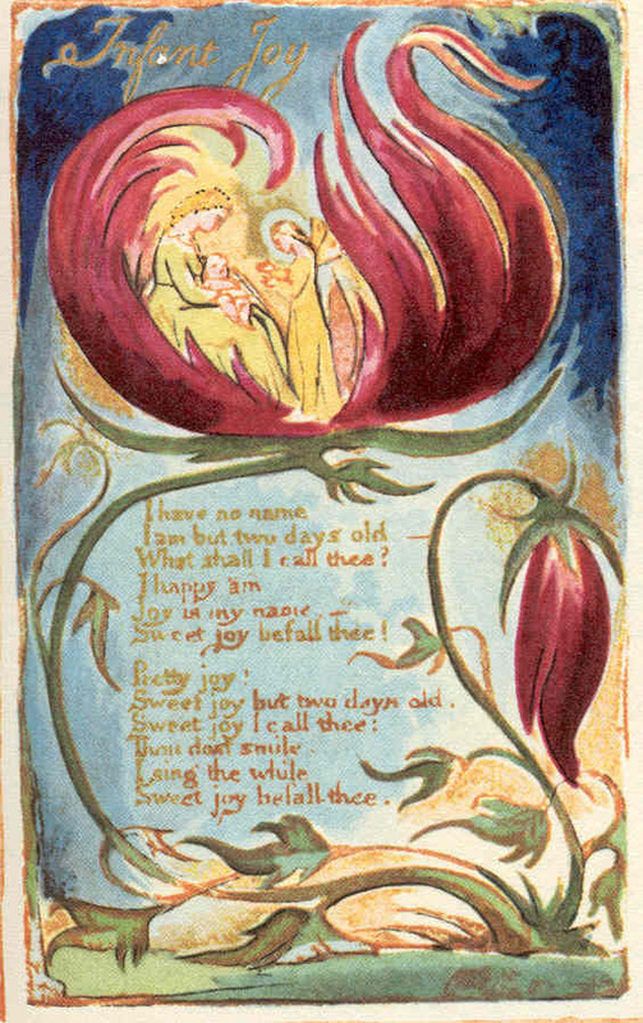
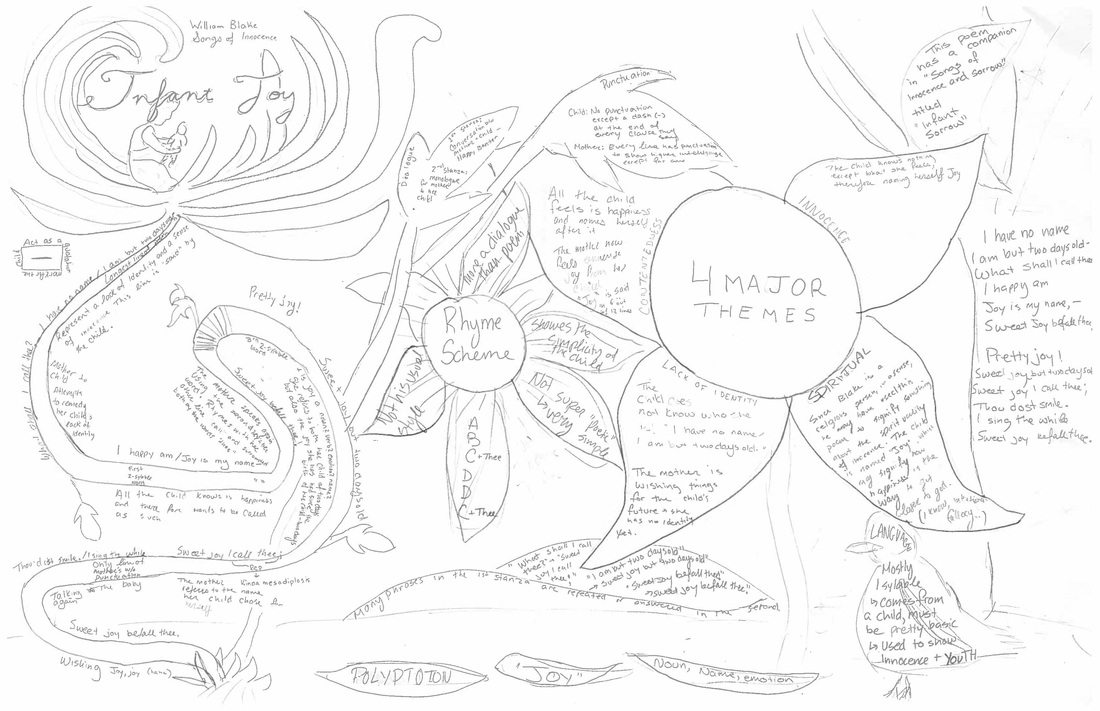
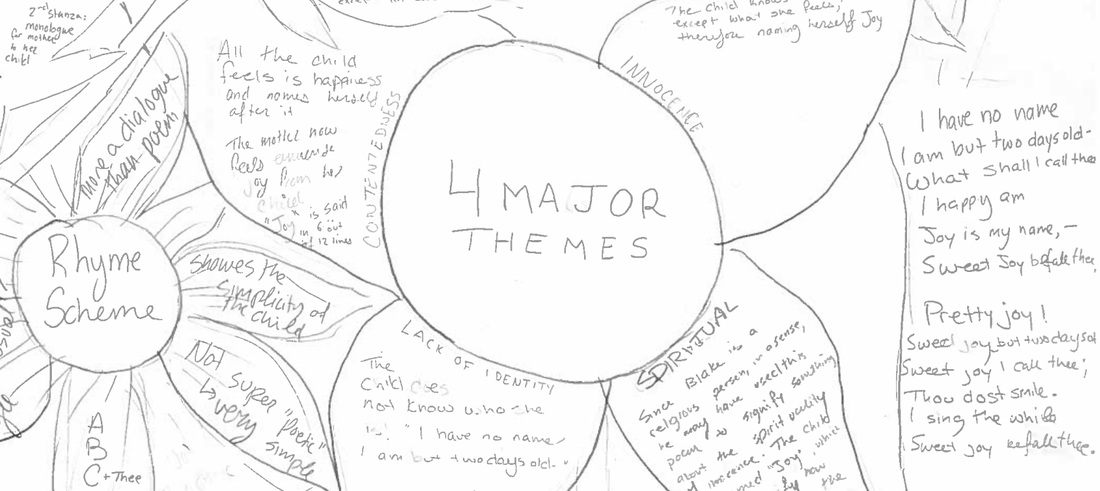

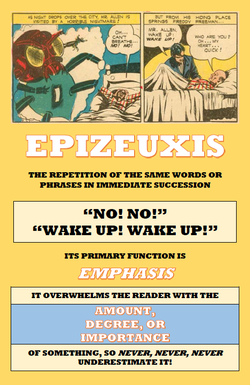
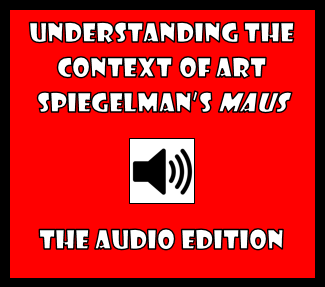
 RSS Feed
RSS Feed
